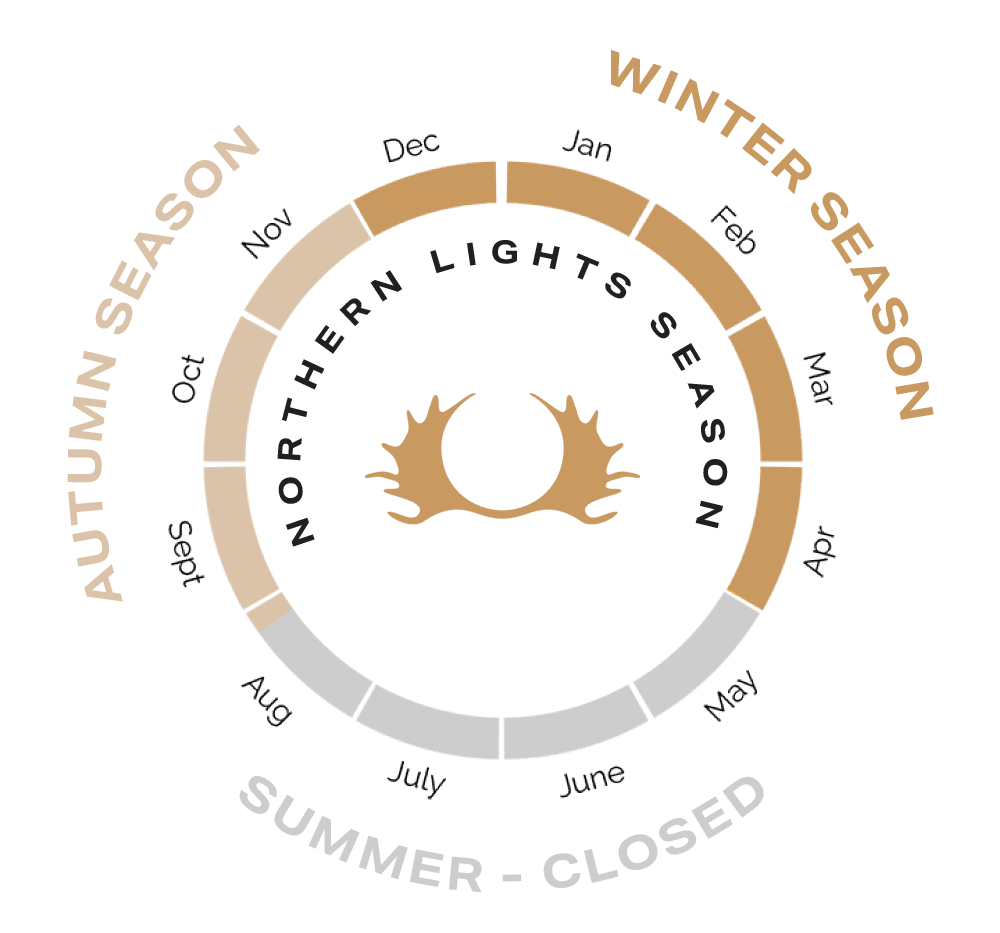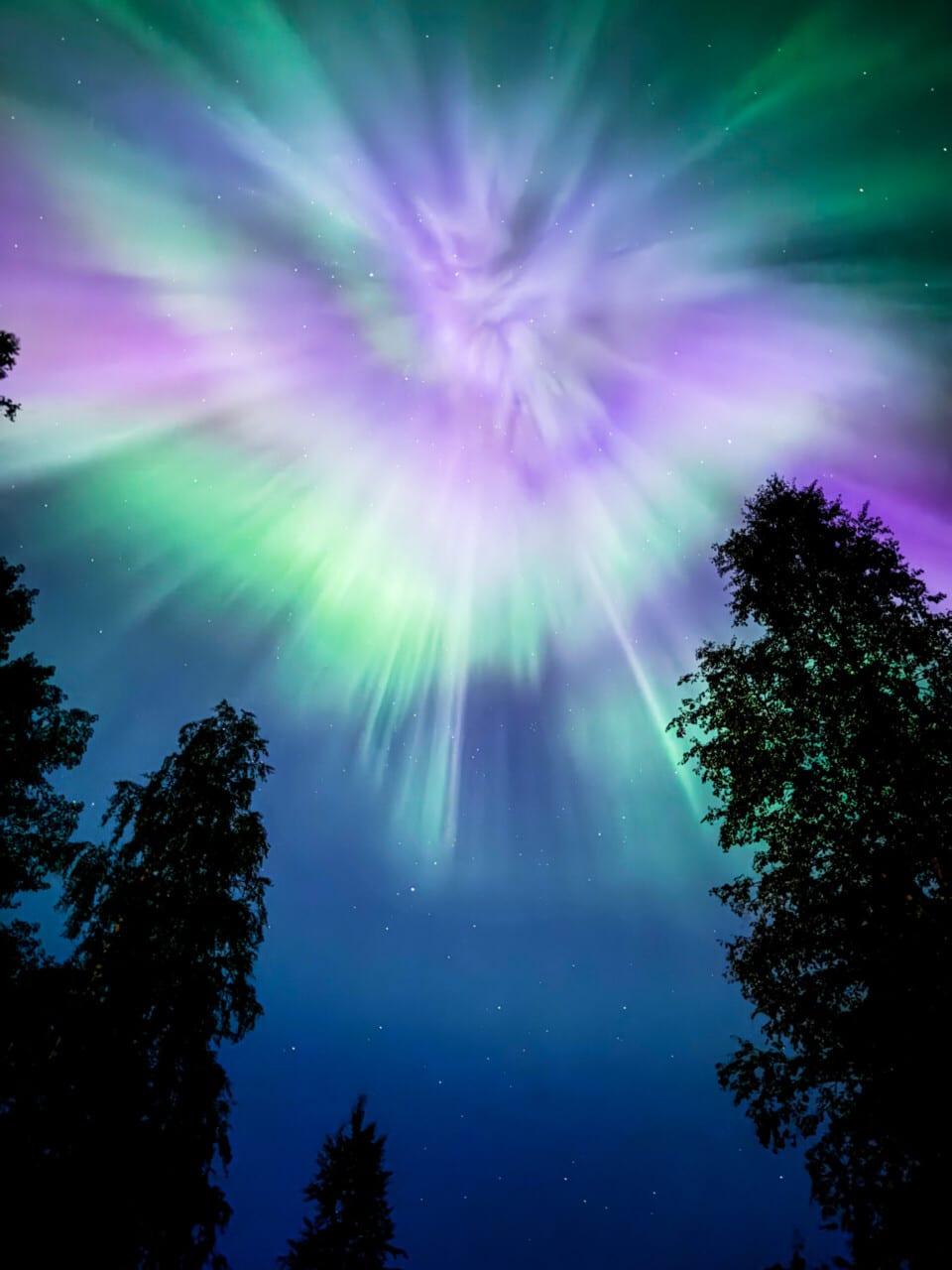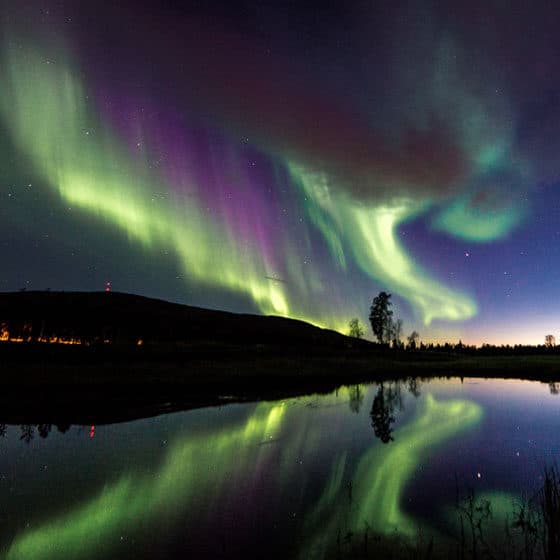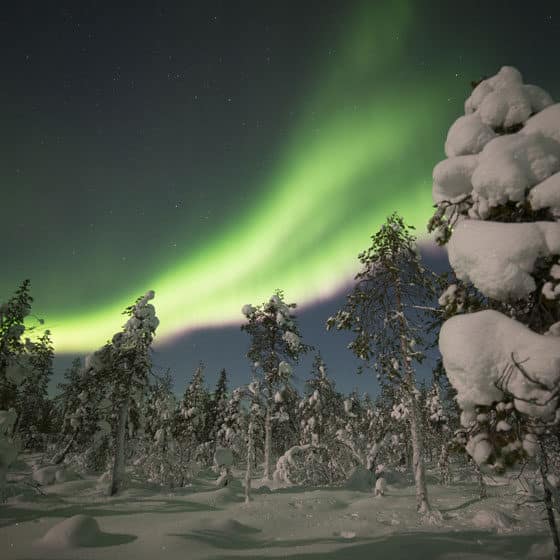Also known by their Latin name aurora borealis, the Northern Lights often appear first as a soft green glow on the northern horizon. Gradually, the light intensifies, shifting into waves of colour that ripple and dance across the entire sky. Even locals who have grown up under these skies never tire of the spectacle. Each display is unique and every sighting inspires the same sense of awe.
Book your stay during the aurora season, or set out on a guided hunt to witness the magic for yourself.





